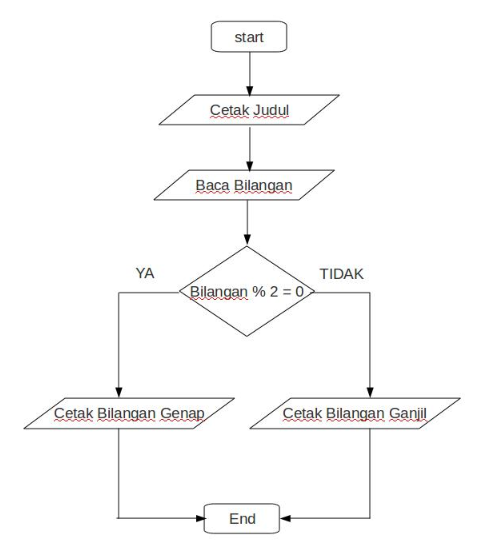
This constraints both the model development and the simulation engine that impacts scalability of the developed code.
#DOWNLOAD ALGORITMA PEMROGRAMAN DASAR CODE#
The developed code is tightly woven around both the model and the underlying simulator that executes it. However, most of the times these two separate areas are taken together. M&S are two different areas altogether and have specific objectives. Modeling and Simulation (M&S) for system design and prototyping is practiced today both in the industry and academia. The reasons for its selection and the potential drawbacks and difficulties drawn from its adoption will also be discussed, to comment on the characteristics a simulation framework and language should obtain to be effectively applied for SysML model simulation. In the paper, we will discuss our experience applying it, based on examples from different system domains, where DEVS framework was chosen for simulation purposes. The proposed guidelines are incorporated in a three-step methodology that can be applied independently of the simulation framework selected. In this paper, we identified some basic guidelines for the generation of executable simulation code based on existing SysML system models and the selection of related methods and tools for simulation and model transformation purposes. To become efficient and easy to use, such an activity should be explored using standardized methods and tools, such as the utilization of MDA concepts for model transformation. Though there are numerous efforts for simulating SysML models, the automated generation of executable simulation code for specific simulation environments without any interference by the system engineer is still an issue attracting the researchers' attention. As a conclusion, we discuss how the final metamodel can be used to support interoperability with DEVS simulation tools. As an example, we show how our metamodel can be used to define the classic “switch” model. To instantiate our metamodel, we propose a computer-aided environment that has been developed using the Eclipse Modeling Project.

This allows us to define instances of our conceptualization that comply with the DEVS formal specification. That is, our metamodel includes all the concepts and relationships needed to define the formal specification of DEVS atomic models. The main contribution is a novel conceptualization of classic DEVS with ports founded on existing approaches but that also includes new improved elements related to the definition of atomic models. In this paper, we improve the interplay of abstraction (i.e., formal specification) and concreteness (i.e., programming code implementation) in advancing the theory and practice of DEVS using a specific-designed metamodel. Hence, building an implementation of formal models in a way that ensures DEVS formalism correctness is not easy. When concrete DEVS models are developed using programming languages, it is difficult to ensure they conform to their formal model.



The Discrete-Event System Specification (DEVS) formalism is a modeling formalism based on systems theory that provides a general methodology for hierarchical construction of reusable models in a modular way.


 0 kommentar(er)
0 kommentar(er)
